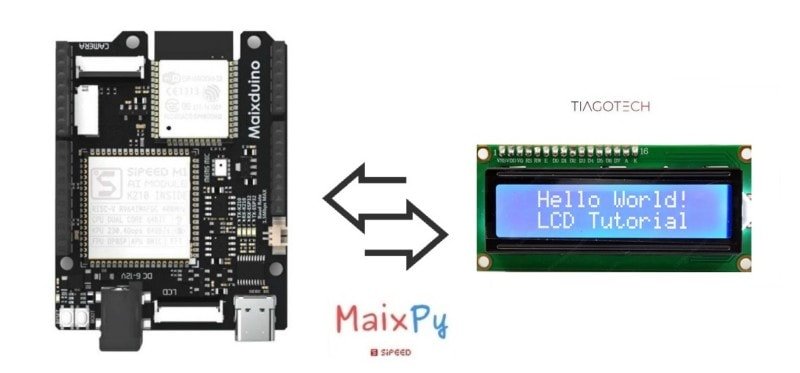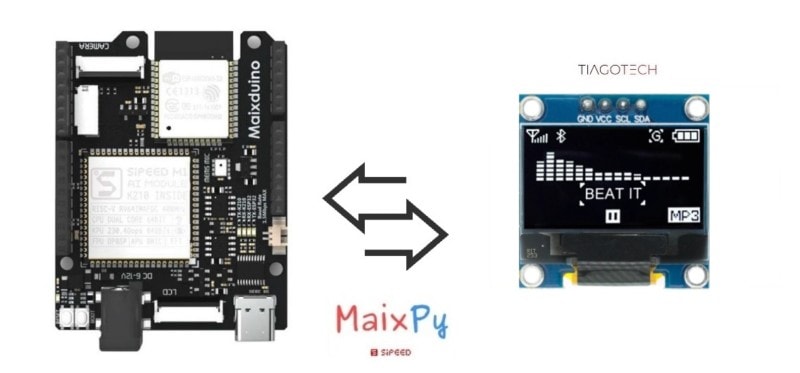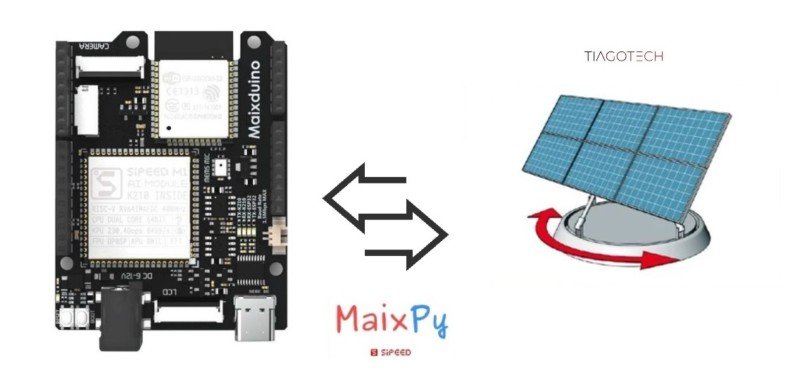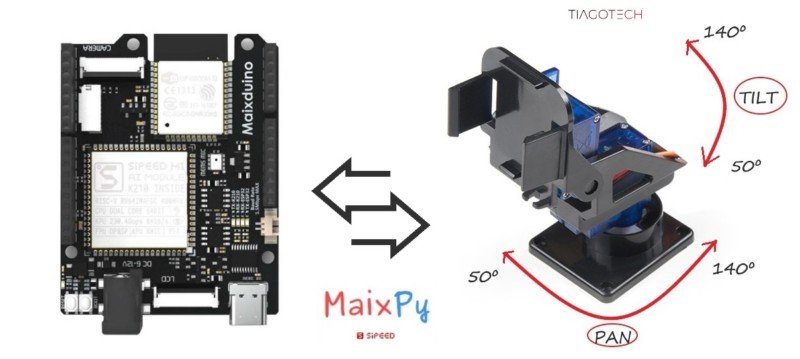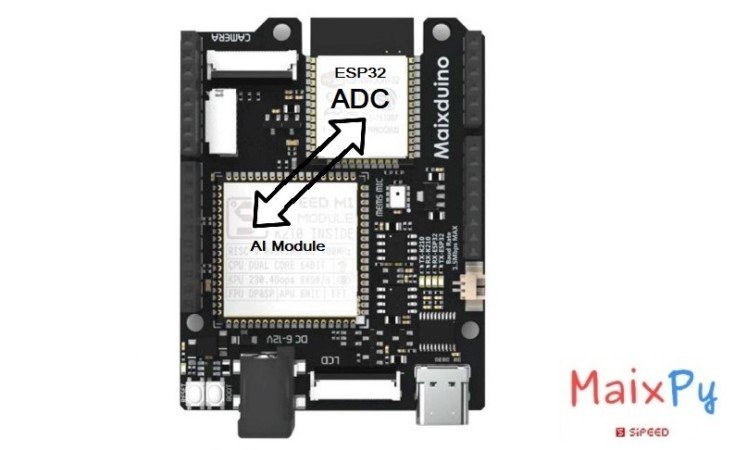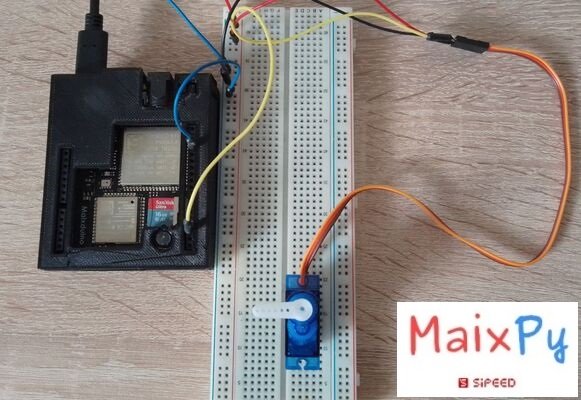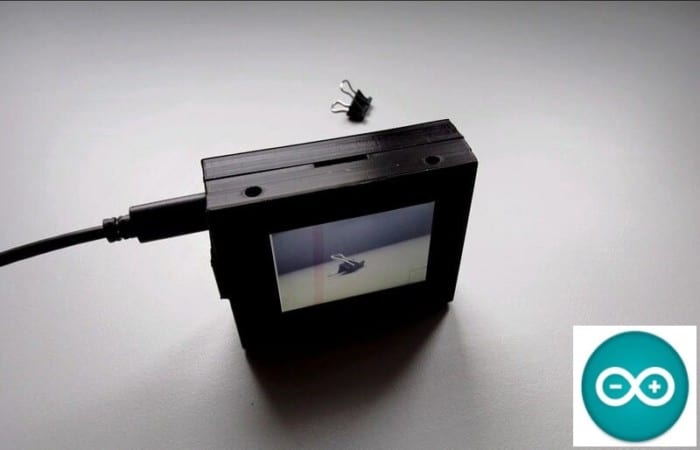MaixPy #8: Maixduino 1602 LCD | I2C MicroPython
In this experiment, an LCD based on the Hitachi HD44780 controller was used. In this type of screen, there are liquid crystals inside that when they are passed through by a current, the crystal becomes opaque, blocking the light (backlight) that tries to pass. Therefore, the various combinations of specific crystals on and off make it […]
MaixPy #8: Maixduino 1602 LCD | I2C MicroPython Read More »
